The best softshell jackets: protect against wind and cold on the trails
Stylish and practical, the best softshell jackets are ideal for all manner of dynamic activities all year round tested and rated
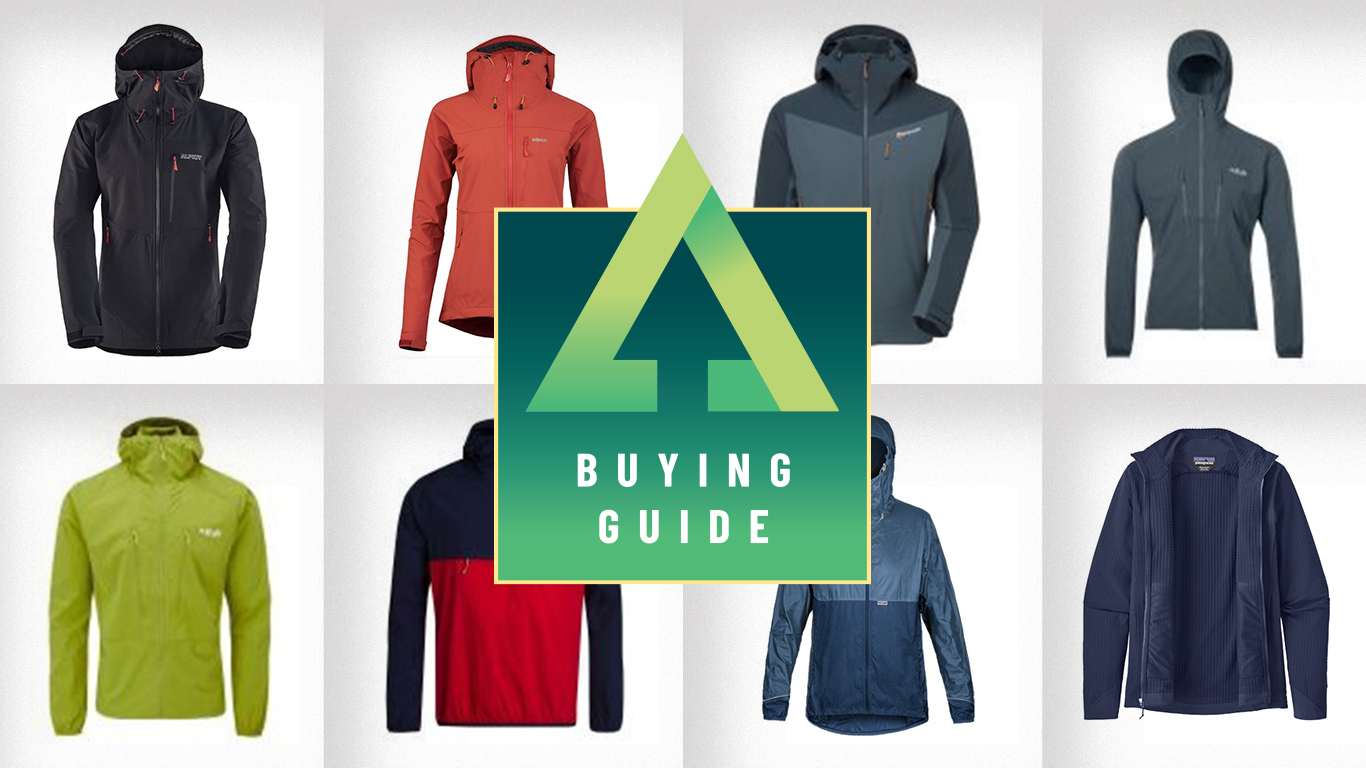
The best softshell jackets are lighter alternatives to full on waterproofs for days where you're pretty confident you're not going to face a deluge or absolutely Baltic conditions. Once you start venturing out in one, you'll realise how much more freedom you'll feel compared to when wearing a stiffer hardshell.
They're also undoubtedly more stylish than waterproof, so they're great as casual wear. With the best softshell jackets, you generally get the same practical features – such as pockets and storage – as well as a good level of protection against wind chill. Lightweight versions are great for winter runs and year round hiking, where the temperatures once up high are likely to be much lower than in the valley.
Of course, unlike the best waterproof jackets, they are not immune to a downpour. If heavy rain is on the cards, a quality hardshell is a must. Though softshells are often very light, so you can always stash one in your backpack for when things brighten up.
Our guide features eight of the very best softshell jacket options from some of the world's leading outdoor brands. If dynamic adventures are your cup of tea, look no further...
The best lightweigh, windcheating softshell jackets

1. Patagonia R1 Techface
Our expert review:
Specifications
Reasons to buy
Reasons to avoid
Ethically made, with mostly recycled material, the R1 Techface isn’t just a pretty face. The double-weave fabric is breathable, highly stretchy and has a DWR (see What is DWR? Durable water repellency explained) finish, which will keep most moisture at bay, as well as the wind. The inner boasts a grid design, with raised squares of material holding onto body-heated pockets of air between them, which makes this jacket far warmer than it looks at first glance.
The dynamic stretch makes it a peak performer on crags and hillsides, as you are able to move freely while wearing it. There was no hood on the model we tested (a more expensive hooded version is available), but there is a high neck with a good zip garage to prevent painful skin or beard snags. There are two hand pockets – both with zips and backed by mesh to keep weight down – designed to be compatible with backpacks and climbing harnesses. The cuffs are tailored tight to prevent the ingress of chilly drafts, and the hem around the bottom of the coat can be pulled in with adjusters.

2. Rab Borealis
Our expert review:
Specifications
Reasons to buy
Reasons to avoid
Made for the mountains and those who play at the pointy end of them, this slimfitting, lightweight softshell is smartly designed to supply high levels of functionality and allow maximum movement.
The two zipped pockets are both located on the breast (slightly lower on the women’s version), making them easily reachable when you have a climbing harness on, and the tightfitting hood comfortably goes beneath a helmet. The cuffs are elasticated, to keep gusts out, and the hem can be tightened around the waist with a cord. The main zip has a garage to prevent painful snagging.
Although reasonably windproof, the thermal offering of the Borealis is relatively low, and it won’t cope with much rain before absorbing the water – fortunately it does dry quickly. It also packs down very small, making it a very good just-in-case layer on those days that fall between the cracks in the seasons. Reflective logos on the back and front offer extra safety if you find yourself walking on roads and lanes after dark.
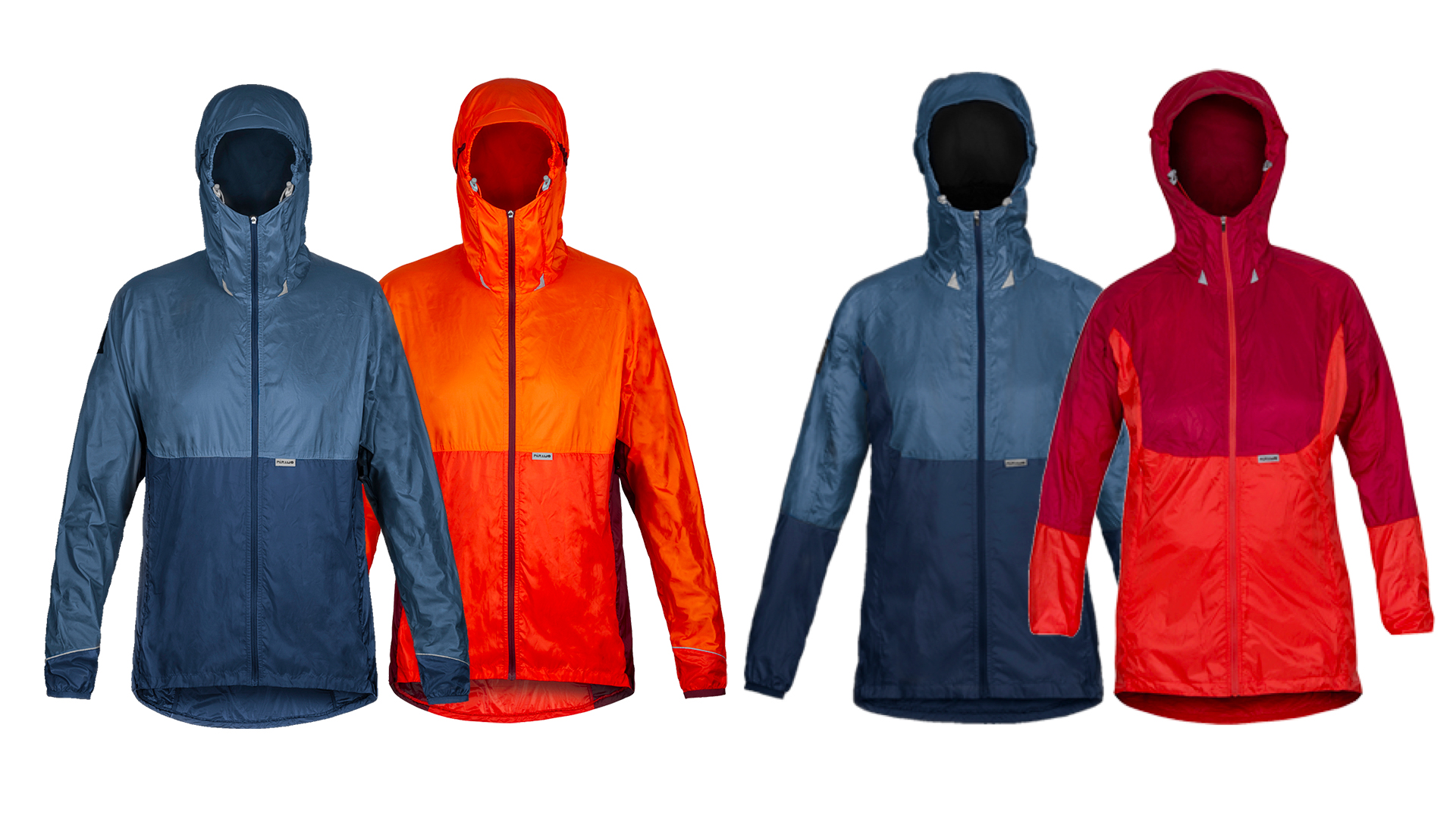
3. Páramo Ostro (men’s) and Alize (women’s)
Our expert review:
Specifications
Reasons to buy
Reasons to avoid
Like many Páramo garments, the Ostro and Alize are intended for in conjuction with other products in the brand’s range, in this case the fleeces these jackets share a name with. When teamed up, they combine to offer a really solid system for three-season adventures (although a shell will still be required in torrential rain).
The design of the hand pockets reflects this, with a zipped opening offering a portal straight through to the corresponding pockets in the fleece. However, in early autumn and late spring, when conditions are a little warmer but the wind is blowing, you can comfortably wear these jackets over a T-shirt or baselayer, and there are little pouches built into these side pockets for use when worn thus (you just need to be careful not to miss them when stashing anything important).
Extremely light and packable (the entire jacket packs away into one of the pockets), these jackets are all about high performance for low weight penalty, and therefore make an excellent just-in-case layer to throw into a backpack. They feature elasticated wrists, a long back and hem that can be tightened with a draw cord and an adjustable hood that is helmet compatible. The well-respected densely woven Nikwax Windproof fabric does exactly what it promises to do and keeps breezes at bay while remaining breathable, and also features a PFC-free TX.Direct water-repellent treatment to provide protection from showers. The jackets are recyclable through Páramo.
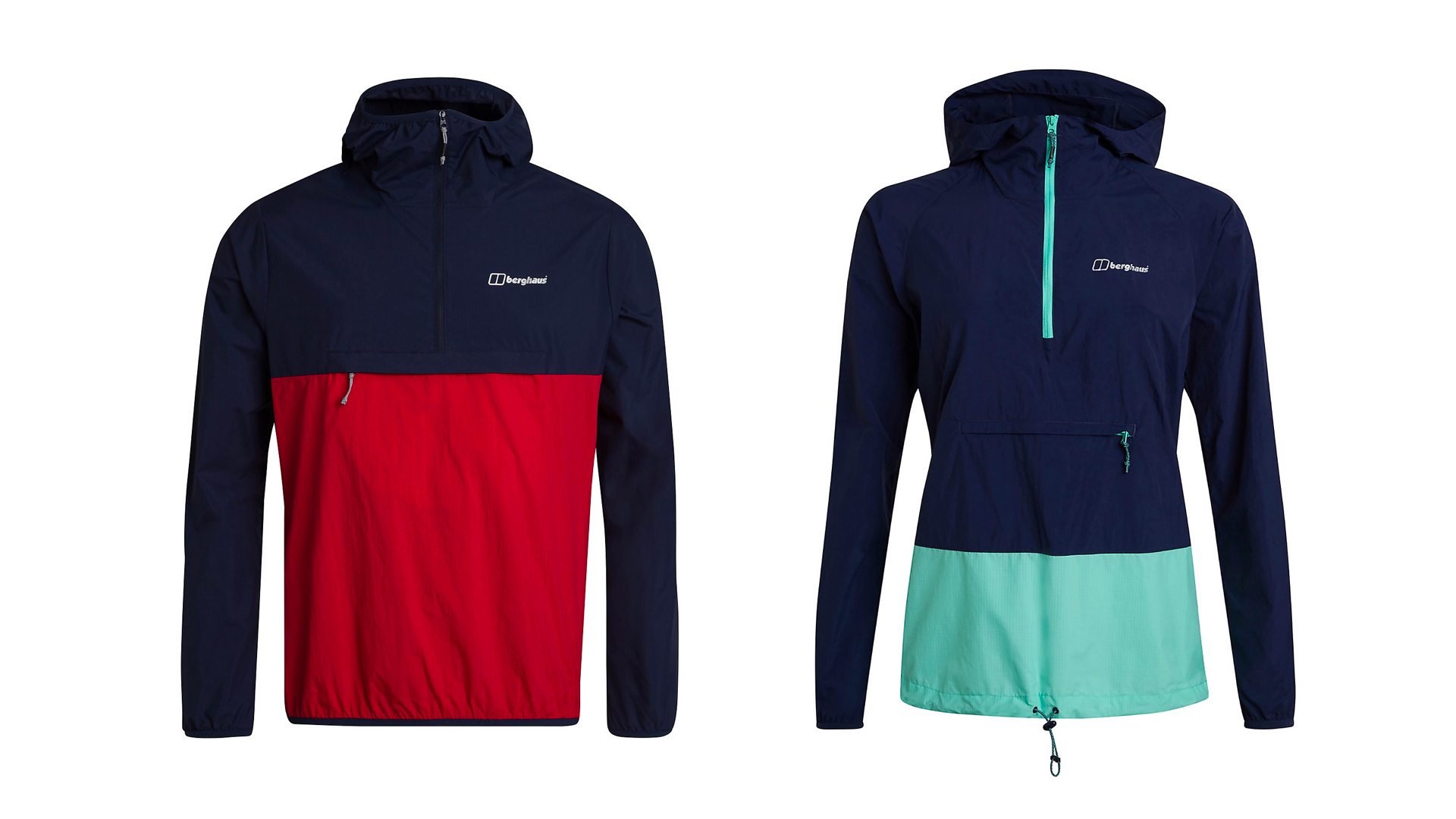
4. Berghaus Corbeck (men’s) and Skerray (women’s) Wind Smocks
Our expert review:
Specifications
Reasons to buy
Reasons to avoid
A very lightweight wind smock ideal for use during autumn and spring escapades when every gram counts, such as when you’re taking on a multiday trail adventure and carrying all your kit.
Highly packable – the whole garment can be stashed into the zipped pouch on the front – these jackets also work well when chucked into a daypack as a just-in-case layer when you’re heading into the hills in the less predictable months. Aside from this front pouch – handily sized just large enough to take an Ordnance Survey sheet map – there are no other pockets, which is a bit of a drawback (although it helps you stay lean and mean with weight when you want to travel fast and light).
The material is dynamic, windproof and water resistant (thanks to an environmentally friendly PFC-free DWR technology), and the cuffs and hem are elasticated to keep drafts out. The zip is only half-length, though, so you need to slip this jacket on over your head and can’t fully open it up to dump heat quickly when exerting yourself during ascents. In fact, our test model was a bit sweaty when used during vigorous exercise such as hill walking, but the new model features a back vent that promises to alleviate this. There is a helmet-compatible hood.
The best warm softshell jackets

5. Montane Men's Dyno LT Jacket
Our expert review:
Specifications
Reasons to buy
Reasons to avoid
Firmly at the more heavy duty end of the softshell spectrum, the Dyno LT jacket offers plenty of warmth as well as excellent protection from the wind and rain showers (thanks to PFC-free DWR). The fabric mix used means the ‘Granite Stretch’ material is dynamic, supplying four-way stretch and allowing you full range of movement when you’re out and about, clambering over rocks and climbing hills.
This is a jacket built to last, with good-quality and robust components from the zips to the poppers. It has two hand pockets, plus a chest pocket, all harness friendly, generous in size and sealed with zips featuring easy-grab tabs, which mean you can easily operate them while wearing gloves. The cuffs can be tightened with Velcro straps, the hem is cinched with a drawcord and the hood, which is helmet compatible and features a protective peak, can be finely adjusted (and tightened right up when conditions are bleak) with two separate drawcords. There’s a high chin, for additional face coverage, and the zip fits neatly into a garage to avoid painful pinching of jowls or face foliage. One addition we would have liked is a pit zip for extra venting during hard and hot hill ascents.

6. Alpkit Resolute Jacket
Our expert review:
Specifications
Reasons to buy
Reasons to avoid
British brand Alpkit consistently impress with their gear, which is extensively tested in the field by their own employees, who are all outdoor enthusiasts – and the Resolute softshell jacket is another winner.
Warm and well featured, it is built to be sturdy and long lasting, and to offer good thermal protection rather than to be lightweight or particularly packable. This is the sort of softshell you wear as a combination of a mid layer and an outer shell – although it is water resistant (rather than waterproof), having been given a DWR treatment to keep off light showers. It’s completely windproof, however, and extremely dynamic, with plenty of stretch to allow good freedom of movement when you’re out adventuring on the hills.
It has two very large hand pockets, another generously proportioned pocket on the left breast and a fourth pocket on the inside, which is handy for stashing cash and credit cards in many circumstances. The wrists can be tightened with Velcro, the hem is adjustable and the helmet-compatible hood, which has a peak to keep rain from dripping into your eyes, can be cinched with a drawcord at the back of the head.
The best budget softshell jackets
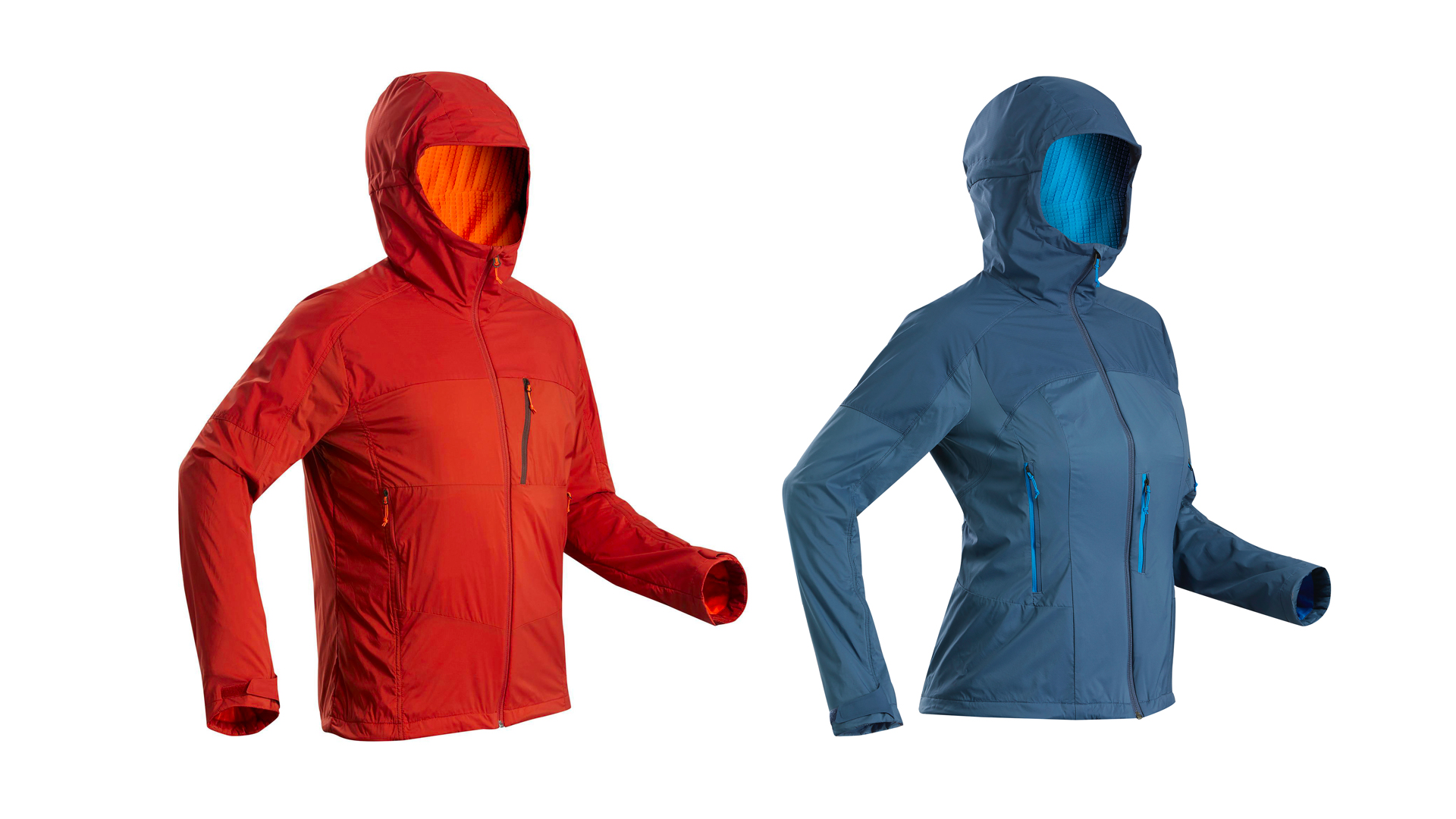
7. Forclaz Trek 900 Windwarm mountain-trekking softshell
Our expert review:
Specifications
Reasons to buy
Reasons to avoid
With a windproof and shower-resistant outer, and a fleecy inner lining made primarily from recycled material, this softshell jacket – tested in the Mont-Blanc Valley – offers a high level of protection from the elements for a very reasonable price.
The inner is particularly impressive, with merino-wool panels beneath the armpits to combat a build-up of residual pong, which can be a problem with softshell jackets when they’re worn during strenuous activities such as hiking and climbing in shoulder seasons. A panel on the back provides decent breathability in an area that can get sweaty (especially when you’re wearing a pack), but the majority of the inner features a grid pattern, designed to capture little pockets of air that your body heat will then warm up, keeping you toasty when you the temperatures drop.
The jacket has an adjustable hood and hem, and three good-sized pockets (one chest and two hand pockets), all with zips.
Best environmentally friendly softshell jackets

8. Fjällräven High Coast Lite Jacket
Our expert review:
Specifications
Reasons to buy
Reasons to avoid
The environmental creds on this jacket are sky high – it’s made entirely with recycled material using fluorocarbon-free impregnation techniques. However, there’s much more to this clever and extremely lightweight jacket than simply a stylish green face.
The design is smart, and the jacket is one of the lightest and most packable on test – the entire garment packs away into the chest pocket found on the left breast. Aside from this pouch, there are two generous hand pockets – and all three pockets zip shut and are backed by a mesh material to keep the weight down.
Sleeves are tightfitting and the hem can be pulled in around the waist with a cord to keep the wind out. The hood (which can be packed away altogether when you don’t want it) is adjustable too, for when you’re walking in wet and windy conditions. The single-layer material is thin, and it’s not the warmest jacket in the world, but it is water resistant (and quick drying) and makes an excellent, easy-to-carry and good-looking wind smock.
Sotfshell | List price | Weight | Materials | Compatibility |
Patagonia R1 Techface | $159 (US) / £140 (UK) | 326g / 11.5oz | Polyester (92% - 69% of which is recycled), elastane (8%) | Hiking, climbing and pub trips |
Rab Borealis | $115 (US) / £75 (UK) | 300g / 10.5oz | ‘Matrix fabric’ (85% nylon and 15% elastane | Climbing, hiking and all sorts of hill sports |
Páramo Ostro (men’s) and Alize (women’s) | £100 (UK) | Ostro: 168g / 5.9oz; Alize: 158g / 5.6oz | Nikwax Windproof fabric | Hiking, biking and climbing in windy conditions across three seasons |
Berghaus Corbeck (men’s) and Skerray (women’s) Wind Smocks | Corbeck: £75 (UK) / Skerray: £70 (UK) | 172g / 6oz | Polyamide | Trail running, hill walking, hiking and cycling in shoulder months |
Montane Men's Dyno LT Jacket | $160 (US) / £120 (UK) | 585g / 20.6g | Nylon (88%), Elastane (12%) | Hill walking, hiking, climbing and walking across three seasons |
Alpkit Resolute Jacket | £90 (UK) | 535–660g / 19–23oz | Nylon (92%), Spandex (8%) | Trail-based and mountain adventures on foot, across three seasons |
Forclaz Trek 900 Windwarm mountain-trekking softshell | $109 (US) / £65 (UK) | 490g / 1lb 1.3oz | Primarily polyester (including 100% recycled polyester lining), with some wool and elastane, and polyurethane coating | Hiking and hill sports across three seasons |
Fjällräven High Coast Lite Jacket | $150 (US) / £160 (UK) / €180 (EU) | Men’s: 205g / 7.2oz; Women’s: 165g / 5.8oz | Recycled polyester | Day walks, hiking and biking in fall and spring |
How we test the best softshells
Our reviewers test softshell jackets in a range of environments in the colder months and shoulder seasons. Features (including weather protection, thermal properties, style, breathability, materials, comfort, pockets, hoods, zips) are tested against claims made by the brand, and we assess factors such as value for money, durability, functionality and environmental impact.
What to look for in the best softshell jackets
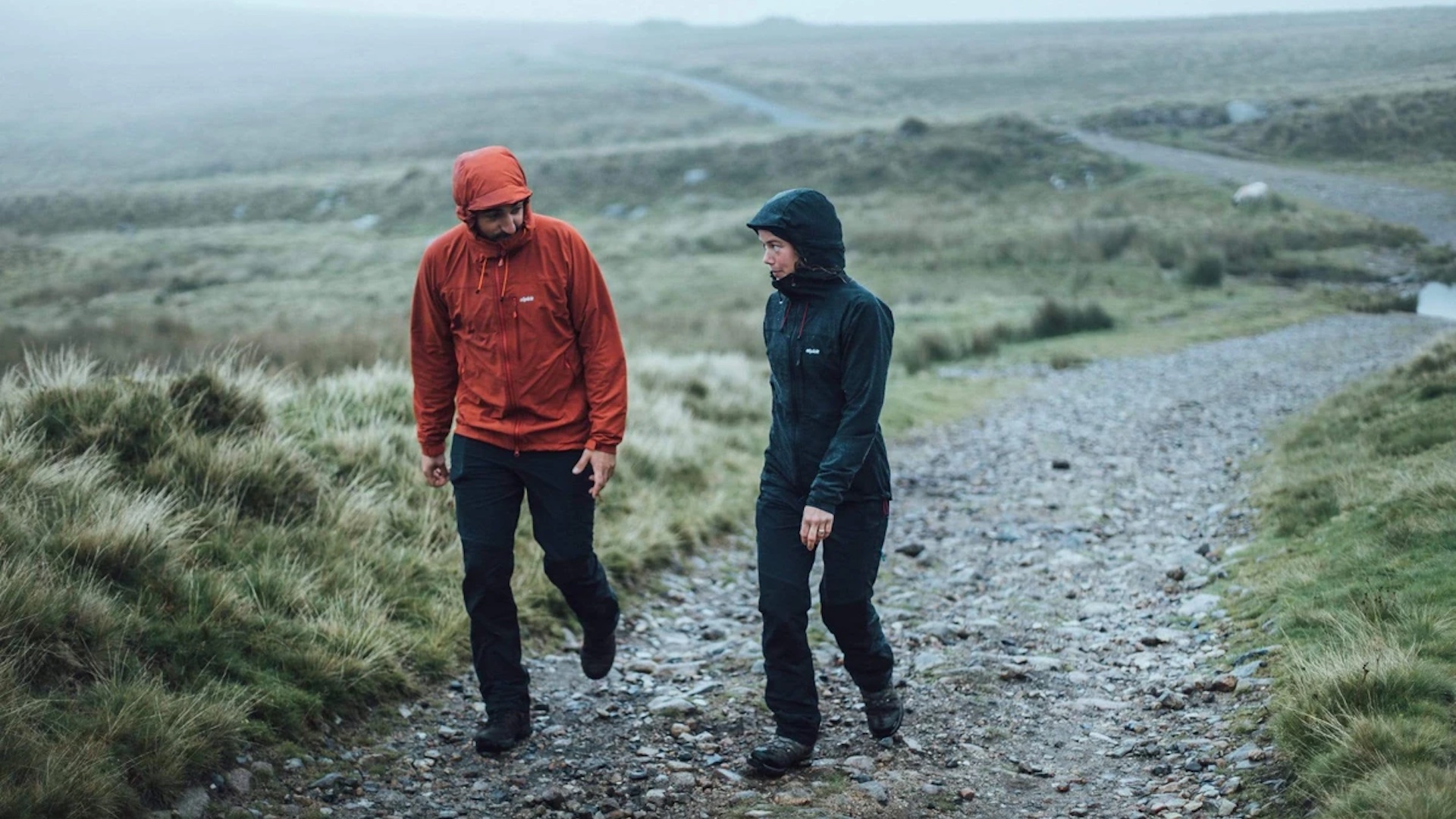
Softshell jackets come in two main styles: very lightweight and easily packable single-layer wind smocks, which prioritize providing protection from windchill and light rain; and heavier-duty, double-layer garments with in-built fleecy inner elements, which supply much more thermal protection. The best softshell for you will depend on the what kind of outdoor activities you do the most, and in what sort of conditions you commonly venture out.
For trail runners, fast packers, backpackers, cyclists and climbers, the lightweight garments are good – and they make excellent just-in-case jackets for day walkers to throw into a pack too. In colder weather, especially when you might be moving more slowly or be based in camp or at the bottom of a crag for long periods of time, the thicker softshell jackets are best – and they also make great jackets for everyday use and casual wear for a large part of the year.
Both can be worn straight over a T-shirt or base layer as an outer layer, or you can combine them with other elements of the layering system for a warmer and more waterproof set up.
Following are some factors to consider when you’re looking to buy a softshell jacket for outdoor adventuring.
Thermal insulation and comfort
You can trust Advnture
It all comes down to priorities. If you’re moving fast and want to stay light, then wind protection will be more important than thermal insulation or next-to-skin comfort, but for many walkers, the drop in the outside temperature that happens in the shoulder months means they will be looking for something warmer. In that case, a heavier, double-layered softshell is definitely a good choice. Because these softshells are less concerned with weight saving, you will also get more comfortable features such as chin protectors and fleecy linings.
Materials
The best softshell jackets ought to be dynamic, offering plenty of freedom of movement so you can reach for handholds when climbing over rocks or simply getting over stiles and walking with a daypack. The inclusion of stretchy fabrics such as elastane or lycra will make garments more dynamic.
Features
For hikers, having a few pockets to stash things such as sweets and treats, as well as hiking essentials such as a compass and smartphone, is important. For those who want to travel fast and light, pockets are less of a priority. Whether you want a hood or not is a personal preference, but they can come in very handy in inclement weather. The ability to cinch cuffs and hems is important when you want to keep the wind out, which is a crucial function of a softshell.
Moisture management
Softshells don’t claim to be waterproof, but they do often say they are shower- or water-resistant. This typically means they have had a durable water repellent (DWR) treatment to coat them and make them resistant to getting saturated, which would increase their weight and reduce breathability and overall performance. This can wear off over time, but you can reapply it.
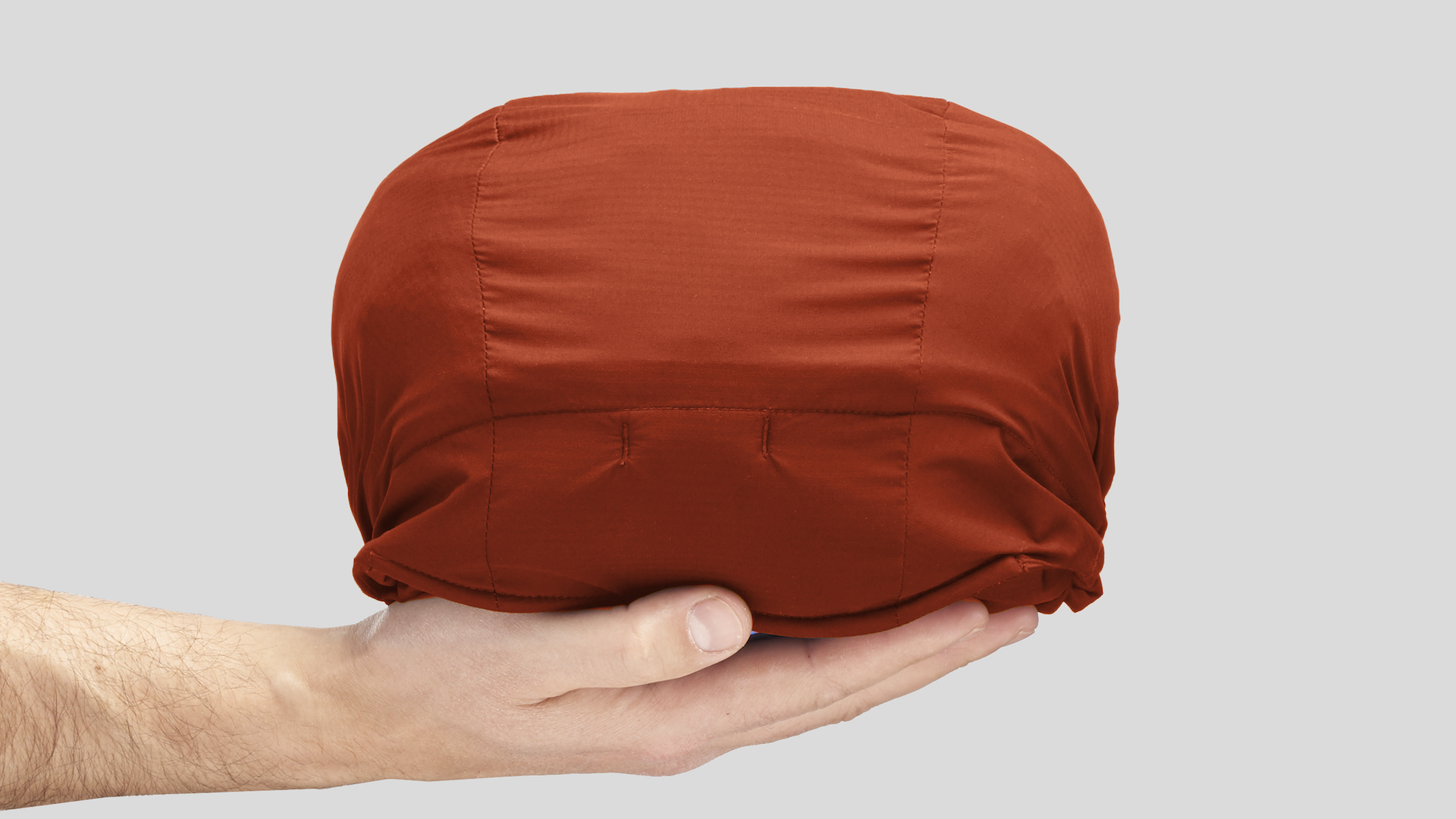
Weight
Single layer softshells and windsmocks are considerably lighter than the more robust and warmer softshells that have an inner and an outer layer. The best softshell for you depends on what you’re going to use it for, and you may find you want one of each style to take on different adventures.
Durability
Lightweight softshells are made with thinner and less robust materials and components, from the fabric itself to the zips and drawcords used. Don’t expect these to last as long as the chunkier and heavier softshells with their big zips and thick layers.
Environmental concerns
Many brands are trying to use as much recycled fabric as they can in their new products and it’s great to support this where possible. Also look out for mention of PFC-free DWR technology, which is much better for the environment.
What to do with your old softshell jacket
If your old jacket just has a hole or two, you can carry out a quick repair using Gear Aid patches, which will extend its life for a few more adventures, or take a look at Patagonia's guide to DIY repairs. Patagonia also has a mail-in repair service for its products, which can fix many common issues, as do Rab and Berghaus in the UK.
Once your jacket has well and truly reached the end of its life, many manufacturers will also take their clothing back for recycling. Alternatively, your city or local authority should be able to provide details of textile recycling facilities nearby. If you're in the UK, RecycleNow can help you find a suitable place to leave your old jacket.
All the latest inspiration, tips and guides to help you plan your next Advnture!

Author of Caving, Canyoning, Coasteering…, a recently released book about all kinds of outdoor adventures around Britain, Pat has spent 20 years pursuing stories involving boots, bikes, boats, beers and bruises. En route he’s canoed Canada’s Yukon River, climbed Mont Blanc and Kilimanjaro, skied and mountain biked through the Norwegian Alps, run an ultra across the roof of Mauritius, and set short-lived records for trail-running Australia’s highest peaks and New Zealand’s Great Walks. He’s authored walking guides to Devon and Dorset, and once wrote a whole book about Toilets for Lonely Planet. Follow Pat’s escapades on Strava here and Instagram here.
